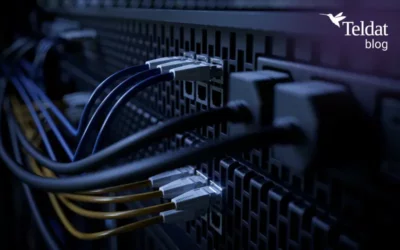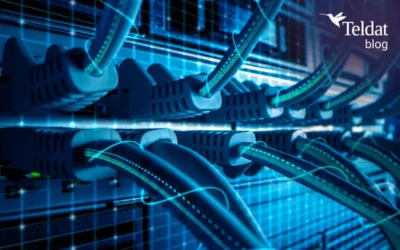
In comparison to its predecessor, 4G and variants, 5G’s main objectives are to offer:
• High effective speeds (>1 Gbps)
• Low latency (1 ms or less)
• High density of connected devices
• Minimum power requirements for IoT, sensors, remote control, etc.
But until 5G gets here, the market wants solutions to today’s problems; the 4G network has undergone various technical developments and there are now a number of different versions leading to confusion for many users.
LTE, LTE-Advanced, LTE-Advanced Pro and 5G
The following table shows some of the basic characteristics of existing mobile technologies and what 5G will be like when it is released onto the market.
As you can see, in addition to using a higher frequency spectrum, each technology has evolved by following a common three-point strategy to increase the theoretical maximum speeds offered – they have increased the channel bandwidth, the number of carriers (channel aggregation) and also the number of transmit/receive (MIMO) streams/antennas.
4G and remote site communications
Over the past few years, office communications have changed a great deal in terms of available cable/fiber bandwidth, and we can already find 1 Gbps access lines as a standard carrier service. But there is a remote site market where the 4G network can compete with cable if you want 100-300 Mbps performance – for example, the following services:
• Main line connection for sites where physical infrastructure isn’t available, e.g., small offices, mobile stations, hydrographic or electrical telemetry control centers, etc.
• Main line backup for offices with critical connectivity requirements, but where latency isn’t the most important factor in temporary anomalous situations.
These 4G connectivity services have been widely deployed in many customer sites where, admittedly, the main problem in such scenarios concerns uncertainty over connection performance inside an office due to coverage issues – a problem for which manufacturers have provided solutions with a high rate of customer satisfaction.
Will we have 1, 3 or 10 Gbps in mobile communications?
The data speeds mentioned for 5G are theoretical maximums that in the real world will be shaped by external factors; we could find ourselves with lots of terminals/devices demanding connection and a medium that compromises our wireless signal. Therefore, we can expect net results to be lower than those maximums.
On the other hand, even though communications providers deploy these technologies in their mobile network infrastructure, the end result of communications will be further shaped by the physical characteristics of customer terminals; currently, a high-speed 4G network isn’t much use if our smartphones and tablets don’t support Cat. 16 or above – something that is only available for high-end equipment.
Whilst waiting to find out what the effective bandwidth of 5G networks will be when they are in operation, we need to acknowledge their advantages in communications services where there are lots of devices wanting to connect, you want a life cycle that lasts several years with simple batteries and a reduced bandwidth, minimizing the complexity and cost of these terminals (IoT, remote control, sensors, etc.).
Until 5G arrives
We cannot deny that technological developments are taking us towards networks that are not just faster but more efficient, and therefore the future of 5G will be an unquestionable success. The fact remains, nonetheless, that until it arrives the market requires solutions where not only bandwidth but also flexibility provided by radio communication are the main deciding factors; and it is primarily because of this that LTE-A and LTE-A Pro are still perfectly valid solutions, especially for remote office scenarios.


























